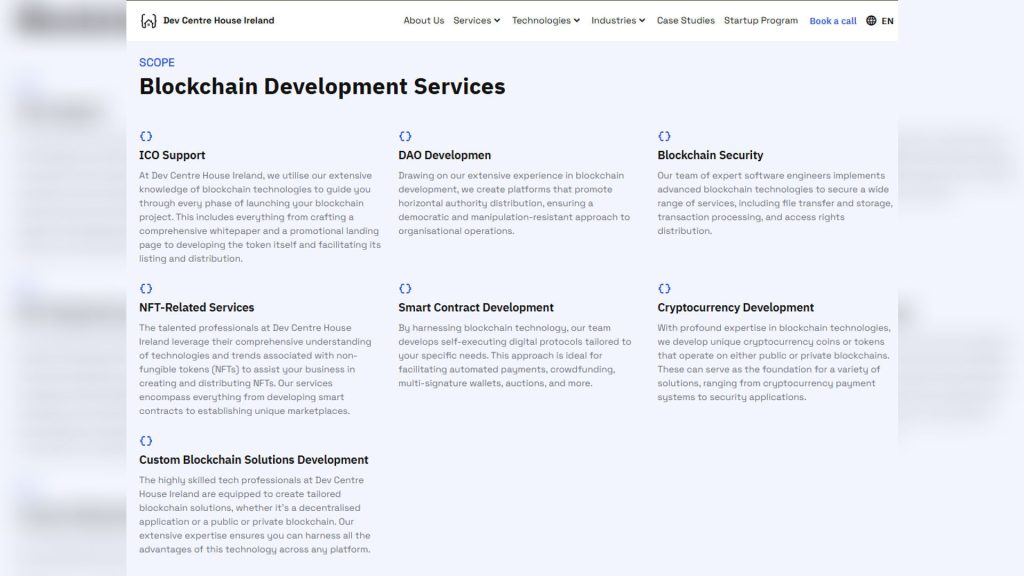Okay, so we all know blockchain is getting bigger, right? But the problem is, it’s kinda slow when everyone wants to use it. We need to figure out how to make it handle millions of transactions every second without messing up security or making it less decentralized. Let’s look at five cool ways people are trying to fix this.
1. Layer 2 Scaling Solutions
Basically, these solutions do the work somewhere else and then just tell the main blockchain what happened.
Examples:
- Ethereum: They’re using Rollups, like Optimistic and ZK-Rollups, to make things faster.
- Bitcoin: The Lightning Network lets you do quick, cheap little payments.
Benefits
- Stops the main blockchain from getting too crowded.
- Makes transactions cheaper.
- Speeds everything up.
2. Sharding
Imagine breaking the blockchain into smaller pieces so they can all work at the same time. That’s sharding.
Examples:
- Ethereum 2.0: They’re using sharding to make a massive jump in how many transactions they can handle.
- Polkadot: They have these things called parachains, which are like little side blockchains that work together.
Benefits
- Lets the blockchain grow bigger without slowing down.
- Makes things quicker.
- Makes the whole network work better.
3. Sidechains and Plasma
Sidechains are like separate blockchains that are connected to the main one, and Plasma chains handle transactions off the main chain and then just report back every now and then.
Examples:
- Polygon (MATIC): It makes Ethereum transactions super fast and cheap.
- Liquid Network: It’s a Bitcoin sidechain that helps big financial companies do stuff faster.
Benefits
- Speeds up transactions a lot.
- Takes some of the load off the main blockchain.
- Lets the network do way more transactions.
4. DAG-Based Blockchains
Instead of using the usual blockchain, these use something called a Directed Acyclic Graph (DAG), which lets transactions happen at the same time.
Examples:
- IOTA: They use something called Tangle, which is a DAG, so you don’t have to pay fees and it’s super scalable.
- Nano: They use a block-lattice thing that makes transactions almost instant.
Benefits
- Gets rid of those bottlenecks where everything has to wait in line.
- Can handle way more transactions.
- Uses less energy.
5. Consensus Mechanism Innovations
People are coming up with new ways to check transactions that are faster and better.
Examples:
- Proof of Stake (PoS): Ethereum 2.0 and Cardano use this, and it’s faster and uses less energy.
- Delegated Proof of Stake (DPoS): EOS and TRON use this to handle a ton of transactions.
Benefits
- Uses way less energy than the old Proof of Work.
- Makes transactions happen faster.
- Keeps the network safe without needing a ton of computers.
Navigating Blockchain Technologies with Dev Centre House Ireland

Basically, if blockchain is going to be used by everyone, we need to make it faster. These Layer 2 solutions, sharding, sidechains, DAGs, and new ways to check transactions are all helping to make that happen. As these technologies keep getting better, blockchain will be able to handle millions of transactions without a problem, and that’s going to change everything. For expert assistance in navigating these complex blockchain solutions and building scalable applications, consider partnering with professionals at Dev Centre House Ireland.



